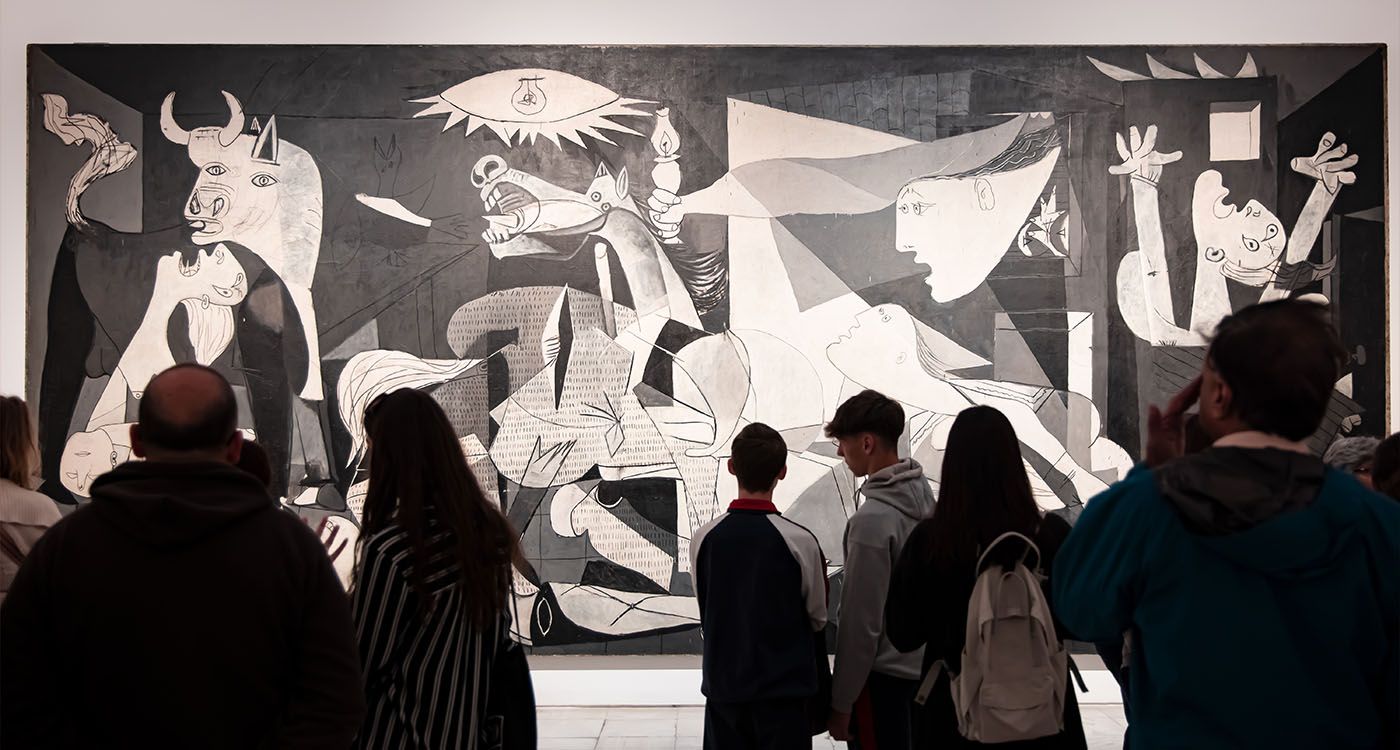
In a world where traditional investments waver under economic crises, art has moved beyond mere aesthetics. It now stands as a tangible asset, capable of yielding spectacular profits while providing discretion, prestige and financial diversification.
In an uncertain economic landscape, art is no longer just about decorating walls. For some, it represents a financial refuge where value can literally skyrocket in just a few years. A canvas like Pablo Picasso’s Les Femmes d’Alger (Version ‘O’) sold for more than $179 million, while Jean-Michel Basquiat’s Untitled (1982) fetched $110 million. Even Andy Warhol has seen spectacular surges – Silver Car Crash (Double Disaster) reached $105 million at auction. These figures show that art has become a strategic tool for wealth management and portfolio diversification.
Art as a Strategic Financial Asset
The mechanism is simple and remarkably effective: a collector acquires a work and moves it through galleries, auction houses or freeports. The money is “cleaned,” and the piece becomes untouchable, invisible and exempt from taxes. Stored in warehouses in Geneva, Zurich or Dubai, art turns into an ideal vehicle for concealing capital – without banks, without governments and without a paper trail.
But that’s not all. Art is also a symbol of status and power. Owning a Basquiat or a Warhol is not just a sign of wealth, it’s a display of influence within the most exclusive circles. For the general public, art is decorative; for the elite, it functions as a true alternative bank account.
Investing in Art in Lebanon
In Lebanon, the art market remains discreet but is booming. “Local and regional collectors are beginning to recognize the financial potential of artworks, whether contemporary paintings by Ayman Baalbaki or modern sculptures by Zeina Assi,” an expert tells This is Beirut. The economic crisis and volatility of the Lebanese financial market have only heightened art’s appeal as a safe haven. Some rare Lebanese pieces are steadily rising in value, attracting private investors and discerning collectors alike.
“Beirut’s galleries, local fairs and the emerging art scene offer unique opportunities to invest in promising works before they gain international recognition,” the expert continues. Art in Lebanon thus combines aesthetic enjoyment, prestige and potential financial return, even if the market remains more private compared with London, New York or Hong Kong.
Investing in art is a double-edged strategy. Caution remains essential, but the potential is undeniable. On the global market, works by Van Gogh, Picasso, Warhol and Basquiat continue to break records, while in Lebanon, savvy collectors are beginning to spot hidden gems. For the wealthy, art is no longer just beautiful to look at, it’s beautiful to own… and to grow in value.





Comments